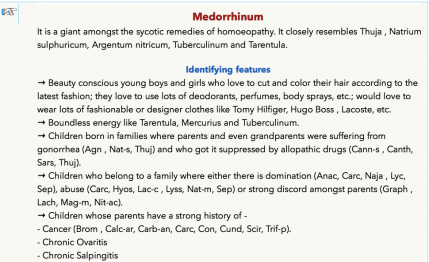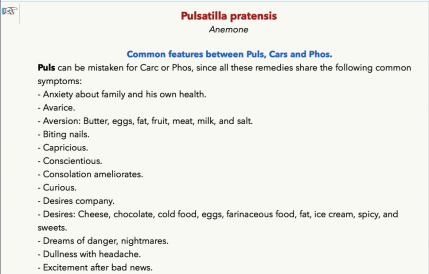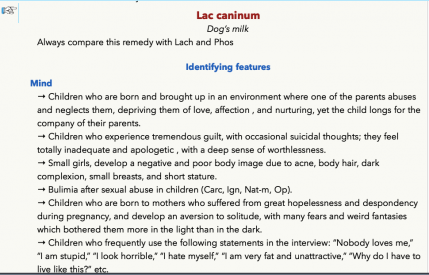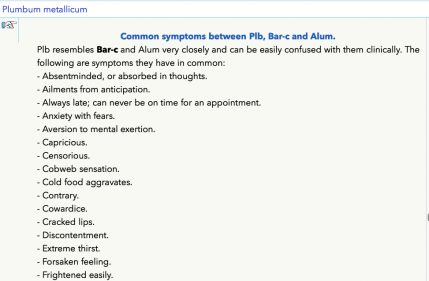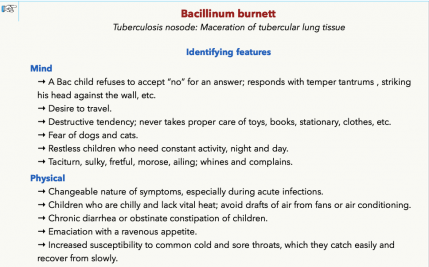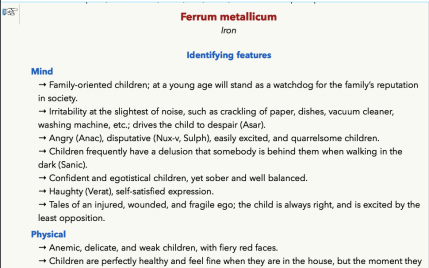Clinical Observations of Children's Remedies
by Dr. Farokh Master
a modern classic and must-have reference for paediatric Homeopathy
From the Introduction to Clinical Observations of Children's Remedies by Farokh Master
The ‘Symptoms’ in this book are not like a standard Materia Medica based on provings, but they are based purely on my experience, my own clinical observation (or confirmation) derived from 23 years of homeopathic practice in the hospital and in my own busy clinic (where I have a few homeopaths who work under my guidance and training). This is why the described remedies may not cover all the materia medica given in a standard textbook.
The growth of a person reflects many unique and important details about him. A child is influenced both by ‘nature’ (inherited biological characteristics) and ‘nurture’ (environmental influences). Developmental psychology explores the physical, behavioral, cognitive and personality changes that occur from conception through childhood and beyond, and it teaches us that there is a certain set of basic emotions that children express from infancy onwards. A child’s first expression of basic emotions will relate to the physical or biological needs or goals, such as physical protection or survival. As children get older they will express more complex emotions like sadness, anger, fear, etc.
These emotional reactions are often temporary, but if they are strong enough or last long enough they may form into emotional ‘states’ and become ‘moods’. These ‘states’ can then start to influence the way children perceive and interact with the world. These emotions, when become a dominant characteristic of the personality of the child, will often form the most important source of symptoms that will point to the homeopathic similimum.
In preparing this new edition, Farokh Master has made more rational arrangement of the chapters. The examination and the introduction chapters have been completely re-written. Throughout the text, various observations have been included, with helpful references. Many new observations of the old remedies previously written and the new ones have been also added.
Dr. Master was thrilled at the over-whelming response the first edition received by doctors and students in India and abroad. To many it has served and felt the needs of upcoming homeopaths by emphasizing on the role of proper history taking and systemic examination. It is through their feedback that the author was inspired to bring out another edition of this book.
In years to come, this book will continue to give enthusiasm to upcoming homeopathic doctors and students to perceive the understanding of clinical observations in a pediatric patient with a human touch.

